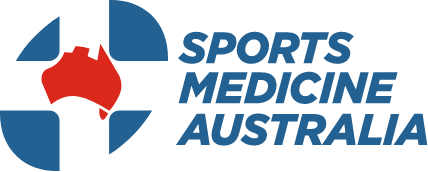Snowboarding
Fact Sheet
Facts on snowboarding injuries
Snowboarding is a popular sport with an estimated participant growth rate of 20% per year which exceeds that of other snow sports.
How many injuries?
- The rate of injury for snowboarding is 4 injuries per 1,000 days.
- From 2004-2007, snowboarding injury statistics recorded 383 Victorian hospital admissions, an average of 96 per year and 503 Victorian emergency department presentations, an average of 125 per year.
- 84% of hospital admissions occurred among 15 to 34 year olds.
- Approximately three quarters of the cases were male.
The causes and types of injuries
- Falls are the most frequent cause of injury, followed by being hit, struck or crushed by a person or object.
- The lower extremity is the most frequently injured body site among child and adolescent snowboarders, whereas upper extremity injury (arm, shoulder, wrist, hand and elbow) is more common among adult snowboarders.
- The most common types of injuries resulting in hospital admissions are fractures (62%) followed by intracranial (internal) head injuries (10%); dislocations, sprains and strains (10%); and internal organ injury (4%).
- The most common types of injuries resulting in emergency department presentations are fractures (36%) and sprains/strains (33%) followed by muscle and tendon (7%) and superficial injury such as bruising or abrasions (6%).
- A large proportion of injuries occur in the first week of learning to snowboard.
Safety tips for snowboarding
- Good preparation is important
- Undertake preseason conditioning and training to build fitness, strength and flexibility.
- Warm up and stretch, off the board, before snowboarding. Cool down for 10-15 minutes after a snowboarding session and include low-intensity exercise such as walking and stretching.
- Novice snowboarders should undertake lessons to learn correct snowboarding and falling techniques.
- Take snow conditions into consideration. Only ride in good conditions.
Safety tips for snowboarding Good preparation is important
- Undertake preseason conditioning and training to build fitness, strength and flexibility.
- Warm up and stretch, off the board, before snowboarding. Cool down for 10-15 minutes after a snowboarding session and include low-intensity exercise such as walking and stretching.
- Novice snowboarders should undertake lessons to learn correct snowboarding and falling techniques.
- Take snow conditions into consideration. Only ride in good conditions.
Other safety tips
- Always inform someone of where you intend to snowboard, how long you will be gone for and the time you expect to return.
- Children should only snowboard with a responsible adult.
- Do not snowboard under the influence of alcohol. Alcohol can negatively affect snowboarding performance and contribute to hypothermia.
- Take rest periods and eat and drink at regular intervals to maintain energy and hydration levels to enhance performance and reduce the likelihood of injury.
If an injury occurs
- If you are injured, or come across an injured snowboarder, send someone to alert the ski patrol. If possible, one person should stay with the injured snowboarder.
- All injured snowboarders should receive first aid and ensure they are fully rehabilitated before returning to snowboarding.
For further information contact
Smartplay – Sports Medicine Australia (Victorian Branch) Sports House, 375 Albert Road, Albert Park VIC 3206
Phone: 03 9674 8777
Email: [email protected]
Website: www.smartplay.com.au
Smartplay is supported by VicHealth and the Department of Planning and Community Development (Sport and Recreation Victoria) and provides information on safe sport participation.
Victorian Snowsports Association
PO Box 522, Brighton VIC 3186 Email: [email protected] Website: www.vsa.org.au
Victorian Injury Surveillance Unit
Monash University Accident Research Centre Building 70, Wellington Road, Clayton VIC 3800
Phone: 03 9905 1805
Email: [email protected]
Website: www.monash.edu.au/muarc/visu
Snowsafe
Disabled Wintersport Victoria
www.disabledwintersport.com.au
References
For a full list of references, contact Smartplay.
Acknowledgments
This updated fact sheet is funded by VicHealth and the Department of Planning and Community Development (Sport and Recreation Victoria).
Prepared by Monash University Accident Research Centre 1996. Updated and reprinted 2009.
